Create Villains as Real as Your Heroes
When you’re planning a story, it is natural to pour your efforts into developing your protagonist’s character. You may spend a lot of time imagining his or her history, strengths, weaknesses, physical appearance . . . even, perhaps, what he or she eats for breakfast!
What if you spent just as much time thinking about your story’s antagonist? This person is the one blocking your hero from achieving his goal. For instance, if Red Riding Hood is the protagonist in the fairy tale, then who is her antagonist?
Yep. The hungry wolf!
We know a lot about Red Riding Hood: how she dressed, her goal in the story (to deliver a basket of goodies to her grandmother’s house), her strengths (friendly) and her weaknesses (not always good at following her mom’s instructions). Most of us see the wolf in the story as a single-dimensional character. He’s sneaky. And he’s ravenous.
What if you took a few minutes to ponder the wolf’s character? What might you say about his appearance? His history? His motivations? His strengths?
Perhaps you’d discover that this intelligent but desperate creature had chosen to ignore doing the right thing (not lying to Red Riding Hood) because he hadn’t eaten in a week.
Now . . . what might happen if you spent some time getting to know your story’s antagonist? If you give your story’s conflict-causing “bad guy” a good trait or a believable reason for his poor behavior, the conflict between your hero and your antagonist will be more believable – and your fiction will be more truthful.
Exercise: Spend some time developing your story’s antagonist.
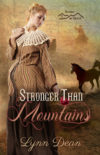
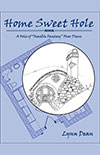
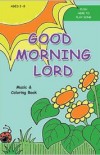
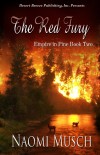
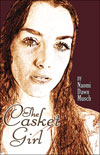
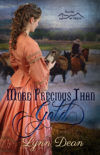
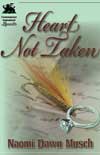

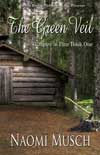







Speak Your Mind
You must be logged in to post a comment.